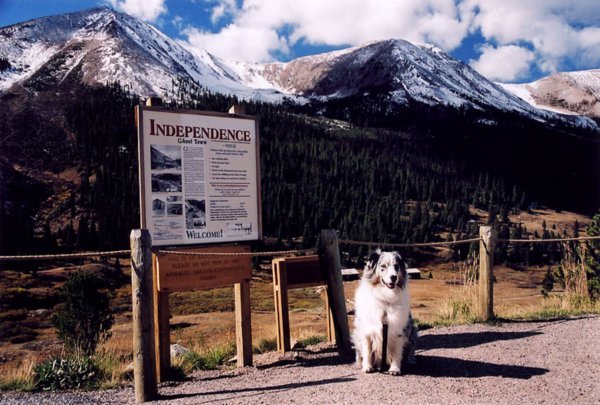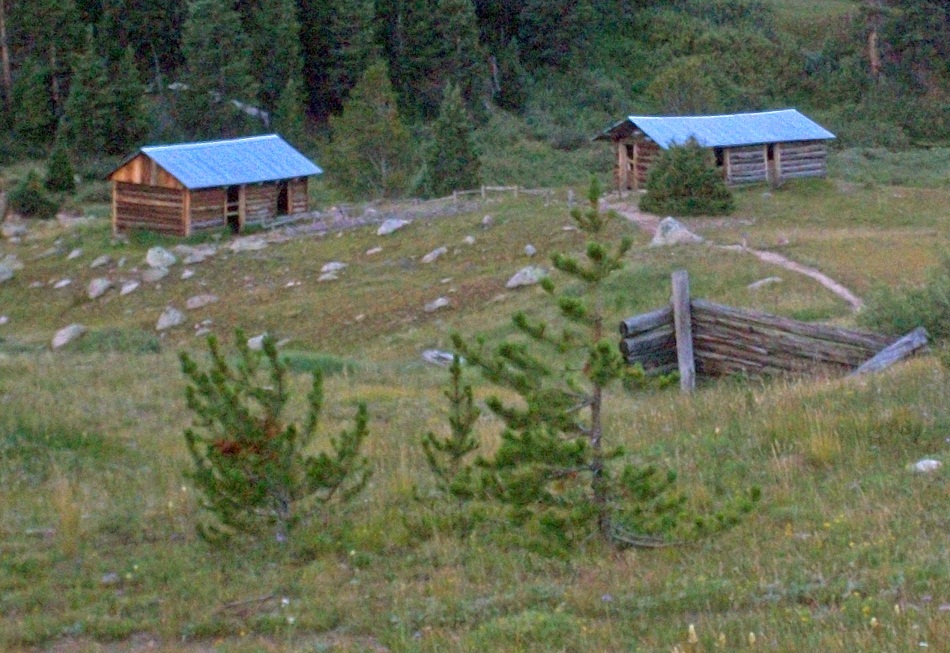

In 1958, Duval Corporation bought the town for back taxes and began building a modem copper-moly mine.

There was a second boom from 1906 to the end of World War I, with the increase in the price of lead and zinc.

In 1890, with the decline in the price of silver and the dropping grades of the ore, the population started to decline. In the 1 880s, the population reached over 700 and the town boasted a newspaper, hotel, restaurant, and post office. By 1877, Mineral Park was the largest town in Mohave County and served as the county seat. They produced silver ore from the upper parts of the mine workings and lead and zinc from the deeper shafts. The largest were the Keystone and New Moon mines. The town sprang up around the numerous mines in the area. Many of the miners were married and lived in comfortable adobe houses. Frisco, a peaceful town, claimed about 150 residents. The camp contained no saloons, just a well-stocked store, post office, boarding house and a few other businesses. The mine ore deposit dipped beneath the town, and only a capping of rhyolite prevented Frisco from having streets of gold. west of Kingman, AZįrisco gold mine was located about 1894, and later the camp of Frisco was established.

Alamo Crossing * Aubrey Landing * Camp Beale Springs * Cedar * Cerbat * Cottonia * Cyclopic * Fort Mohave * Frisco * Germa * Golconda * Gold Basin * Goldflat * Goldroad * Grand Gulch * Grasshopper Junction * Greenwood City * Hardyville * Henning * Katherine * Lincolnia * Liverpool Landing * Lost Basin * Macnab * McCracken * Mellen * Mineral City * Mineral Park * Mockingbird * Mohave City * Mount Trumbull * Old Trails * Owens * Pearce Ferry * Polhamus Landing * Powell * Pyramid * Sandy * Santa Claus * Signal * Snowball * Stockton * Tuweep * Virginia City * Vivian * Willow Ranch * Wolf Hole


 0 kommentar(er)
0 kommentar(er)
